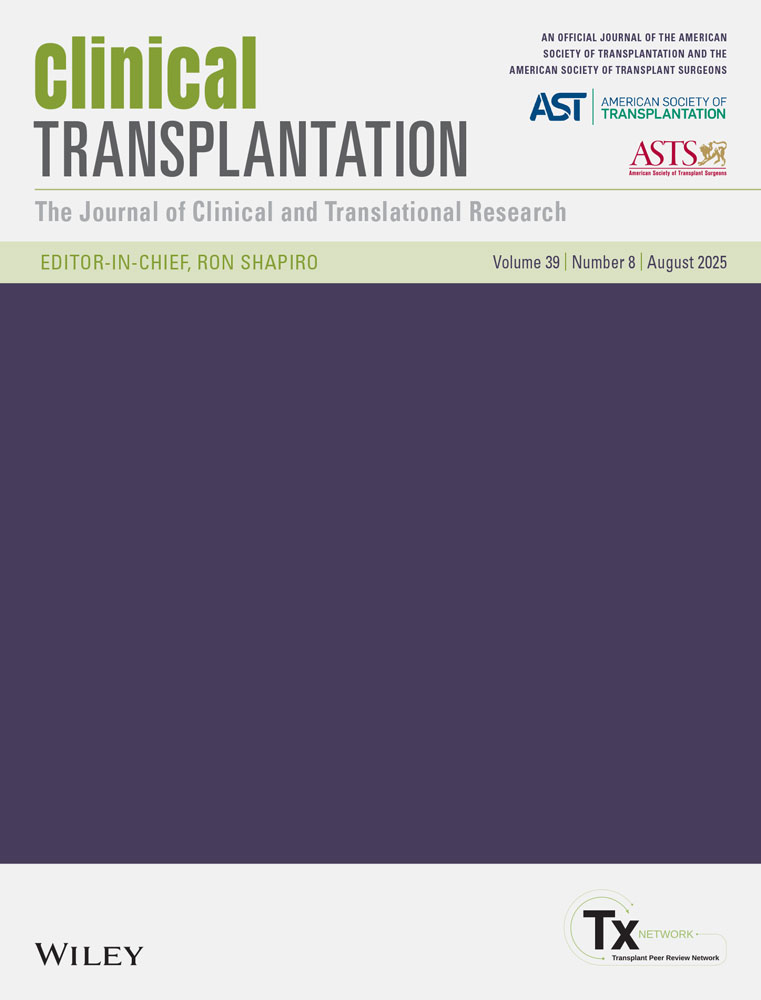Assistance programs available for medications commonly used in transplant patients
Abstract
Pharmaceutical manufacturers have programs available to supply medications to indigent patients at little or no cost. Enrolling needy patients into these programs should increase patient compliance to medications, minimize patient and institution financial burdens, and decrease adverse events associated with medication noncompliance. However, access to assistance programs by patients in need is limited if physicians and other health care providers are unaware of the existence of such programs or not informed of each program's enrollment process. The literature is void of a manuscript describing assistance programs available for commonly prescribed medications used in transplant patients. This article offers a concise summary of medication assistance programs available through the pharmaceutical industry to assist in the procurement of medications that are commonly prescribed for the transplant population, including immunosuppressants, antibacterials, gastrointestinal, cardiovascular, and hypoglycemic agents. This article should be used by health care professionals as a guide to the availability and requirements of medication assistance programs.




